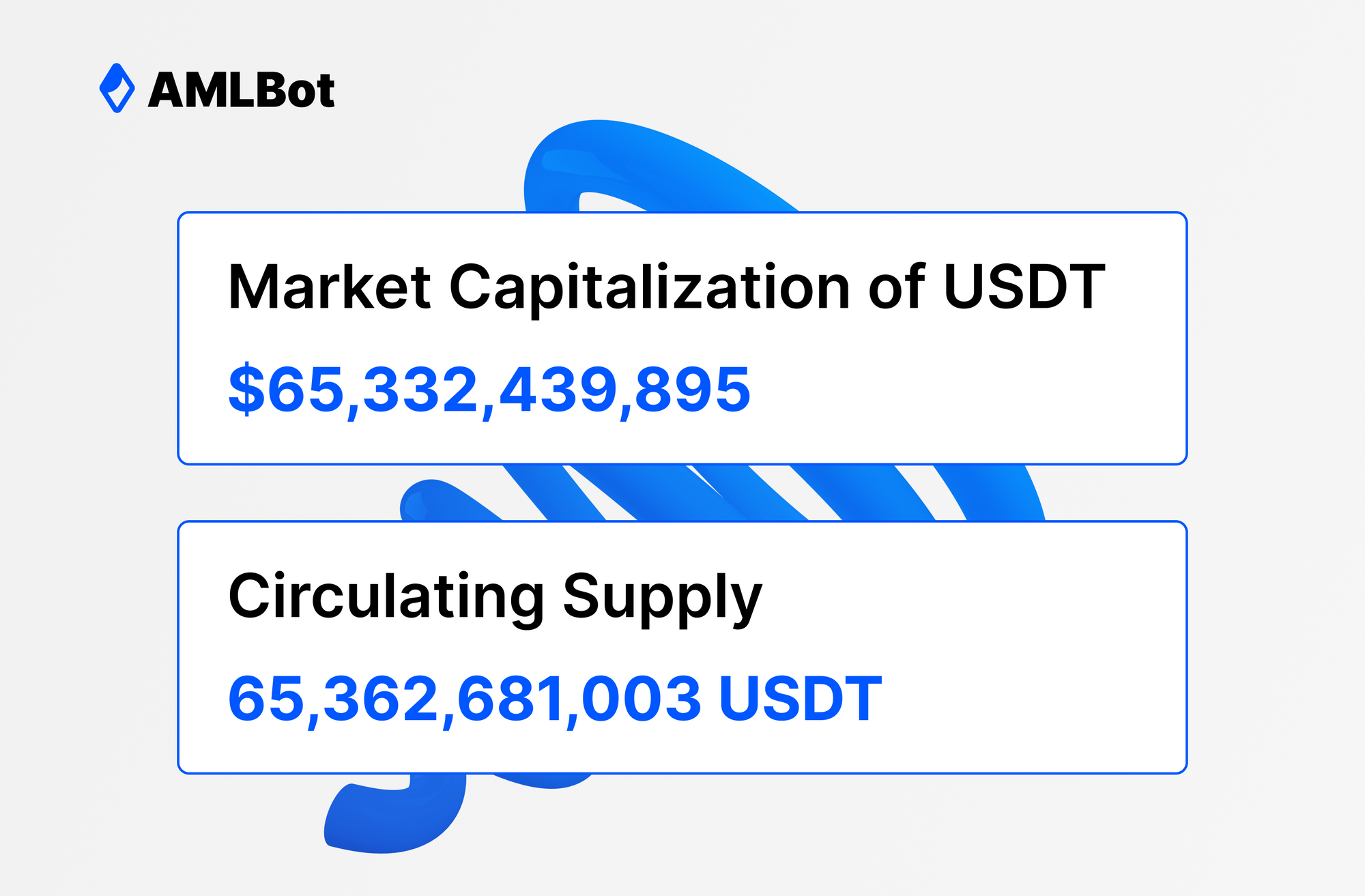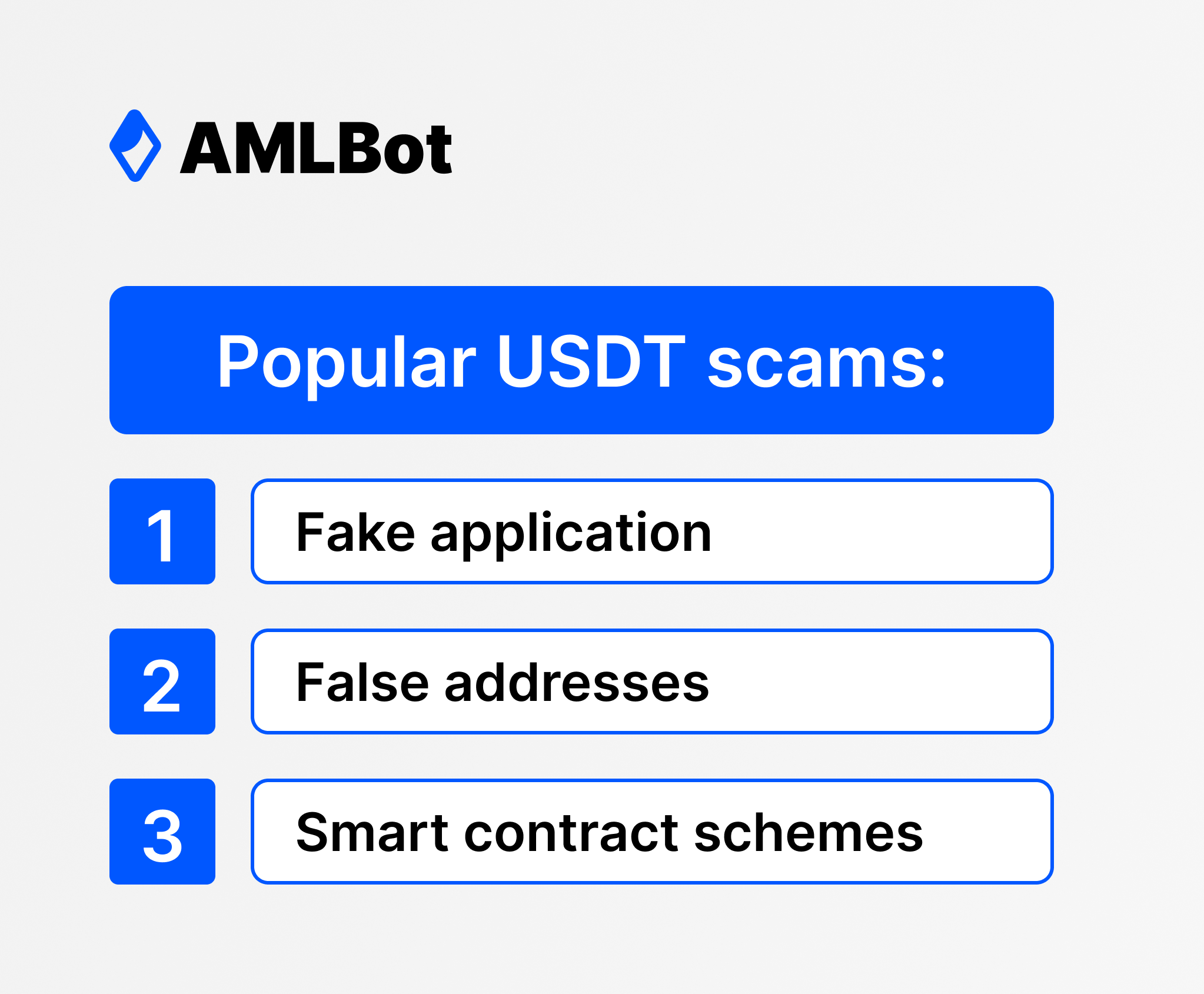Tron Network Transaction Verification: How It Can Save You Millions of Dollars ?

The Tron network is the most robust and efficient blockchain network. It offers exceptional speed, scalability and low transaction fees.Tron was originally designed to revolutionize the way digital media is shared. It has evolved into a versatile ecosystem supporting decentralized applications (DApps) and TRC20 tokens. Tron owns a platform that aims to secure the transactions of users in the network. For this purpose TRX native token was created. Plus, the adoption of stablecoins like USDT and USD Coin played its part. As Tron grows in popularity, transaction verification is becoming a top priority to keep users safe from fraud and scams. In this article we'll explore in what way Tron network works, the role of TronScan — the blockchain explorer, and the reasons why robust transaction verification mechanisms are so important.

Key Takeaways
- The Tron network is a leading blockchain network with high speed, scalability, and minimal transaction fees, making it an ideal platform for crypto transactions.
- Tools like TronScan help users verify transactions and ensure security by reducing risks of fraud and scams.
- The adoption of stablecoins such as USDT and USDC has surged on the Tron blockchain, but this rise has also attracted fraudulent schemes.
- Case studies illustrate the critical importance of transaction verification in preventing financial losses.
- TronScan is a blockchain explorer. Such tools help to keep your money safe. It has special features and tools that can identify risky wallets and make sure that transactions are safe.
Understanding TronScan
TronScan is the official blockchain explorer for the Tron network. It provides a special service for users to explore, analyze, and verify transactions. Launched in 2018, TronScan has become a key tool for TRX users, enabling access to decentralized information and ensuring transparency across the network.
Blockchain explorers like TronScan play a vital role in maintaining transparency and security by enabling users to track the status of their crypto transactions, monitor network fees, and confirm details of transfers involving TRC20 tokens or other assets.
For example, if a user sends 100 USDT TRC20 to another wallet, TronScan allows them to check the transaction status within seconds. To see all the necessary data (such as time, fee, status, and the block where it was recorded) users need to enter the transaction hash in the search field.
TronScan’s user-friendly interface empowers users to:
- Search transaction histories using wallet addresses or transaction IDs.
- Validate transaction details, including the amount of TRX and transaction fees paid.
- Monitor the movement of TRC20 tokens, such as USDT and USDC.
- Learn the balance and activity of wallets to gain valuable insights.
Key Features of TronScan
- Transaction Tracking: TronScan enables users to monitor the status of all transactions on the Tron blockchain, including completed, pending, and failed transactions. Users can find detailed information such as the transaction amount, transaction fees, sender and recipient addresses, and the block number.
- Wallet Insights: It provides detailed wallet analytics, displaying balances of native tokens like TRX and all associated TRC10 and TRC20 tokens. Users can quickly assess their portfolio’s value in real time.
- Smart Contract Exploration: Developers and investors can inspect smart contracts by viewing their code, execution data, and transaction history. This includes critical details about the contract’s address, related transactions, and functions.
- Detailed Analytics: TronScan offers insights into network-wide activity, including such data as active addresses, daily transactions, total staking volumes, and the performance of the core layer and storage layer.
- Developer Support: TronScan serves as a critical resource for developers, providing tools to integrate and analyze decentralized applications (DApps). Developers can seamlessly optimize their applications within the Tron ecosystem by accessing contract details and blockchain data.
- Searchable History: Users can easily track any transaction or address by entering its hash or ID into TronScan’s search bar. For instance, users sending USDT TRC20 can instantly verify the transaction’s success and other essential details.
These extensive features make TronScan a fundamental tool for traders, developers, and everyday users navigating the Tron network, ensuring security, transparency, and efficiency.
The Rise of USDT in the TRON Network
The global economic upheaval during the COVID-19 pandemic highlighted the vulnerabilities of traditional currencies. As national currencies lost value, millions of users of digital space rushed to invest in USDT and store it on the blockchain to preserve the value of their savings. The Tron blockchain emerged as a popular platform for TRC20 tokens, enabling cost-effective and efficient crypto transactions.
USDT revolutionized cross-border payments, salary distribution, and value storage. Its stability attracted millions of users, particularly during periods of high volatility in the broader crypto market. By leveraging Tron’s core layer for scalability and low network fees, USDT offered users a fast and reliable payment solution.
Common USDT Scam Schemes
Fraud remains a significant challenge in crypto, particularly for users dealing with USDT and USDC. Understanding standard scam methods is crucial to safeguarding funds:

Fake Application
Scammers lure users into downloading fake apps. For instance, in January 2022, a U.S. user lost 73,586 USDT through a malicious app.
- Scheme Details: Victims are often directed to fake app stores or phishing websites, where they unknowingly install hostile applications designed to steal their credentials and funds.
- How to Avoid: Only download apps from verified sources, such as official blockchain websites or trusted app stores.
False Addresses
Hackers use similar wallet addresses to make users transfer funds. Also known as address poisoning. In one case from November 2022, users mistakenly sent their assets to scammer wallets due to such tactics.
- Scheme Details: Scammers send small amounts of USDT to legitimate users, creating a transaction history with an address that appears genuine. Victims then mistakenly copy the scammer’s address for future transactions.
- How to Avoid: Always double-check wallet addresses and use copy-paste functions carefully to prevent errors.
Smart Contract Schemes
Fraudulent smart contracts compromise wallets. Victims are tricked via phishing links, resulting in unauthorized access to their assets.
- Scheme Details: Victims receive phishing messages claiming they have unclaimed rewards or unexpected funds. When they interact with the link, they inadvertently sign a malicious smart contract that gives scammers access to their wallets.
- How to Avoid: No clicking on unsolicited links or engaging with unverified smart contracts. Use tools like TronScan to analyze smart contracts before transfering even small amounts of funds.
These schemes highlight the importance of robust transaction verification and user vigilance. By leveraging tools such as TronScan, users can monitor their transactions and detect potentially fraudulent activities.
Impact of USDT and USDC Fraud on TRON-Based Stablecoins
Fraudulent schemes erode trust in stablecoins like USDT and USDC and hinder their adoption. Beyond financial losses, these scams damage the reputation of platforms like the Tron blockchain, reducing user confidence. Address verification and transaction verification tools, such as those provided by TronScan, play a pivotal role in mitigating these risks.
The Importance of Transaction Verification
The task of the highest priority fot the Tron network is the the safety of transactions. It became increasingly important as the platform becomes more and more popular over the years.
With a 60% increase in requests for Tron address verification, as reported by AMLBot, the need for secure and reliable solutions is evident. By verifying transaction details and flagging high-risk addresses, users can effectively protect themselves from scams while also minimizing unnecessary transaction costs.

Practical Tools for Transaction Verification
Only effective transaction verification can help reduce risks in the Tron blockchain ecosystem. Several tools and practices can help users achieve this:
- TronScan: TronScan is the official blockchain explorer for the Tron network. It allows users to:
- verify transaction histories
- inspect wallet details,
- monitor network fees.
To track transactions, users can enter its hash. There are all the necessary details like time, fee, and recipient address. This data helps users confirm successful transfers and identify suspicious activity.
- AMLBot: This advanced tool helps to spot potential risks in blockchain addresses. By identifying high-risk wallets and checking which transaction parties are credible, AMLBot makes sure that the rules are being followed. As a result, the chance of fraud will be reduced. This tool is becoming more popular as more people look for ways to check things more thoroughly.
These tools have proven effective in combating scams, as illustrated by well-known cases. For example, in October 2023, an Ohio man was scammed while transferring his life savings of $425,000. Blockchain analysis helped police to trace and recover nearly $1 million in USDT.
Another related case happened in 2024. The Delhi Police uncovered a fraudulent scheme for over 100,000 USDT. However, due to the transaction monitoring platforms, investigators traced the stolen assets.
These tools protect users' funds and contribute to a more secure Tron blockchain ecosystem.
Conclusion
Transaction verification on the Tron network is not just a technical process. It’s a critical safeguard against fraud and financial loss. Tools like TronScan demonstrate the value of secure and transparent blockchain practices. That's why the adoption of TRC20 tokens like USDT and USDC grows. So does the importance of protecting users and maintaining trust.
FAQ
Is Tron a Good Blockchain?
Yes, Tron is a leading blockchain network known for its high scalability, fast crypto transactions, and minimal transaction fees. Its native token, TRX, powers a robust ecosystem supporting DApps and TRC20 tokens.
Can USDT Transfers Be Tracked?
Yes. For that purpose users need to use blockchain explorers like TronScan. It will allow them to track USDT transfers, providing details about wallet addresses, amounts, and transaction costs.
What Is Transaction Verification?
Transaction verification is the process of confirming the legitimacy and details of a transaction on a blockchain network. It ensures funds are sent to the correct address, protects against scams, and validates compliance with network rules.